In recent years, the concept of a home office has evolved from a luxury to a necessity. As remote work becomes increasingly prevalent, having a dedicated workspace within our homes is more critical than ever. A well-designed home office can significantly enhance productivity, providing a structured environment that separates work from personal life. This distinction is vital for maintaining a healthy work-life balance, ensuring that we remain efficient while working from home.
A home office not only offers convenience but also allows for a tailored environment that meets our specific needs. Unlike traditional office settings, we have the power to customize our space to foster creativity and focus. This flexibility is particularly beneficial in a tiny home, where efficient use of space can mean the difference between chaos and calm. By optimizing our home office, we can cultivate an atmosphere conducive to concentration and efficiency.
Moreover, a thoughtfully designed home office can boost our mental well-being. In a world where remote work is the norm, the lines between personal and professional spheres can blur, leading to stress and burnout. Our home office acts as a sanctuary, a place where we can engage in work with minimal distractions. This separation is crucial for maintaining mental health, as it allows us to step away from work when needed, ensuring that we are refreshed and ready for new challenges.
Key Considerations for Creating a Productive Home Office
When setting up a home office in a tiny home, several factors must be considered to ensure productivity. First, it’s essential to choose a location that minimizes distractions. Ideally, this space should be separate from the main living areas to reduce interruptions from everyday activities. If a separate room is unavailable, consider using room dividers or curtains to create a distinct work zone.
Lighting is another crucial element that can impact productivity. Natural light is ideal as it reduces eye strain and boosts mood. Position the desk near a window, if possible, to take advantage of daylight. Supplement natural light with task lighting, such as a desk lamp, to ensure that the workspace is well-lit during evening hours. Adjustable lighting options can help create a comfortable environment tailored to our needs.
Finally, organization is key in a small space. Utilizing vertical storage solutions, such as shelves and wall organizers, can help keep the desk clutter-free. Labeling storage containers and maintaining a filing system can aid in keeping important documents easily accessible. By prioritizing organization, we can create a streamlined environment that fosters productivity and focus.
Space Optimization Tips for Tiny Homes
Maximizing space in a tiny home office requires creativity and strategic planning. One effective approach is to use multifunctional furniture. For example, a foldable desk can be tucked away when not in use, freeing up space for other activities. Additionally, consider using furniture that doubles as storage, such as ottomans with hidden compartments or bookshelves with integrated desks.
Vertical space is often underutilized in small areas. Installing shelves or pegboards can provide additional storage without taking up valuable floor space. These solutions can be used to hold office supplies, books, and decorative items, keeping the desk area clear and organized. Moreover, wall-mounted organizers can help keep essentials within reach while maintaining a tidy appearance.
Lastly, embrace minimalism in the home office. Clutter can be distracting and hinder productivity, so it’s important to keep the space simple and uncluttered. Adopting a “less is more” philosophy can lead to a more focused and efficient work environment. Regularly decluttering and reevaluating the necessity of items in the workspace can help maintain a streamlined and functional area.
Essential Furniture and Equipment for Your Home Office
Equipping a home office with the right furniture and technology is vital for creating a productive workspace. A comfortable chair is a priority, as it supports long hours of work. Ergonomic options are ideal, offering adjustable features to ensure proper posture and reduce the risk of strain or injury. Investing in a quality chair can make a significant difference in comfort and productivity.
The desk is another essential piece of furniture. It should be large enough to accommodate a computer, essential office supplies, and provide ample work surface. Consider a standing desk or an adjustable desk converter to promote movement and reduce sedentary time. This flexibility allows for a more dynamic work environment, contributing to better health and efficiency.
In terms of equipment, reliable technology is crucial for remote work. A high-speed internet connection, a computer with sufficient processing power, and necessary peripherals such as a keyboard, mouse, and monitor are fundamental. Additionally, noise-canceling headphones can help minimize auditory distractions, allowing for better focus in a bustling home environment.
Setting Up an Inspiring and Functional Workspace
Creating an inspiring workspace involves more than just functionality; it’s about cultivating an environment that motivates and encourages creativity. Personal touches, such as artwork, plants, and family photos, can infuse the space with personality and make it more inviting. A visually appealing workspace can enhance our mood and ignite our passion for work.
Color psychology can also play a role in creating an inspiring office. Choosing calming colors like blues and greens can create a serene atmosphere, while bursts of vibrant shades like yellow or orange can stimulate creativity and energy. The key is to find a balance that reflects our personal style and enhances our productivity.
Beyond aesthetics, functionality remains paramount. Ensure that the workspace is organized and free from clutter, as this can hinder concentration. Incorporate storage solutions that keep essential items within reach, and consider using digital tools for task management to maintain an efficient workflow. By blending inspiration with practicality, we can create a home office that supports our professional aspirations.
Managing Distractions in a Tiny Home Office
Distractions are inevitable in a home environment, but they can be managed with the right strategies. Establishing a routine is one of the most effective ways to minimize interruptions. By setting specific work hours and communicating them to family members, we can create boundaries that respect our need for focus and concentration.
Another useful tactic is to create a distraction-free zone within the home office. This could involve using noise-canceling headphones or playing background music to drown out household noise. Some people find white noise machines or ambient sound apps helpful for maintaining concentration. Experimenting with different auditory environments can help find what works best for us.
Finally, it’s crucial to address digital distractions. Social media and personal emails can be significant productivity killers. Setting boundaries, such as designated times for checking messages, can prevent these distractions from derailing our work. Utilizing productivity tools and apps that block distracting websites can also help maintain focus during work hours.
Incorporating Technology for Enhanced Remote Work Efficiency
Leveraging technology is essential for optimizing remote work efficiency. Cloud-based tools and collaboration software enable seamless communication and file sharing, ensuring that we remain connected with colleagues. Platforms like Slack, Zoom, and Microsoft Teams facilitate virtual meetings and discussions, bridging the gap between physical distance and professional collaboration.
Project management tools, such as Trello or Asana, can help keep track of tasks and deadlines, allowing for better organization and prioritization. These platforms provide visual overviews of projects, making it easier to manage workloads and collaborate with team members. By integrating these tools into our workflow, we can streamline processes and enhance productivity.
In addition to communication and project management, consider investing in technology that improves the physical workspace. For instance, a second monitor can boost productivity by allowing for more efficient multitasking. Similarly, ergonomic accessories like a keyboard tray or monitor stand can enhance comfort and reduce the risk of repetitive strain injuries.
Ergonomics: Creating a Comfortable Work Environment
Ergonomics plays a crucial role in creating a comfortable and productive home office. An ergonomic workspace reduces the risk of physical strain, enhancing long-term health and well-being. Start by adjusting the chair and desk to ensure that the feet are flat on the floor, and the knees are at a 90-degree angle. The desk should be at a height where the elbows can rest comfortably while typing.
Monitor placement is another important factor. The top of the screen should be at or slightly below eye level, and about an arm’s length away. This setup minimizes neck and eye strain, promoting better posture and focus. Additionally, using a document holder can help prevent awkward neck movements when referencing printed materials.
Incorporate regular breaks into the work routine to prevent physical fatigue. Simple exercises and stretches can alleviate tension and promote circulation. Standing or walking breaks can also refresh the mind, improving focus and productivity upon returning to the desk. By prioritizing ergonomics, we can create a workspace that supports both physical health and professional efficiency.
Tips for Maintaining Work-Life Balance in a Tiny Home
Achieving a work-life balance in a tiny home can be challenging, but it’s essential for well-being and productivity. Setting clear boundaries between work and personal time is crucial. This can be achieved by establishing a routine that includes designated work hours and breaks. Sticking to this schedule helps prevent work from encroaching on personal time, allowing for relaxation and rejuvenation.
Creating a physical separation between work and home life is also important. If possible, keep the home office contained within a specific area. Closing the door to the office or using a room divider at the end of the workday can signal a transition from professional to personal time. This separation helps mentally disconnect from work, reducing stress and promoting relaxation.
Lastly, prioritize self-care and leisure activities. Engaging in hobbies, exercise, and social interactions outside of work can recharge our mental and physical energy. Balancing professional responsibilities with personal interests fosters a healthier lifestyle, ultimately contributing to greater satisfaction and productivity in both areas.
Conclusion: Making Your Tiny Home Office Work for You
Transforming a tiny home into a productive home office requires thoughtful planning and consideration. By understanding the importance of a dedicated workspace, optimizing space, and incorporating essential furniture and technology, we can create an environment that supports remote work efficiency. Emphasizing ergonomics, managing distractions, and maintaining a work-life balance are key to sustaining productivity and well-being in a compact living space.
As we continue to navigate the evolving landscape of remote work, adapting our home environments to meet these demands becomes increasingly important. The strategies outlined in this article can guide us in creating a home office that not only enhances our professional performance but also enriches our personal lives. Embrace the opportunity to design a workspace that reflects our unique needs and aspirations, and watch as productivity and satisfaction soar.
For more tips and insights on creating the perfect home office, subscribe to our newsletter and stay updated with the latest trends and strategies. Let us help you achieve the ultimate work-from-home experience!
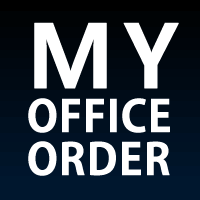
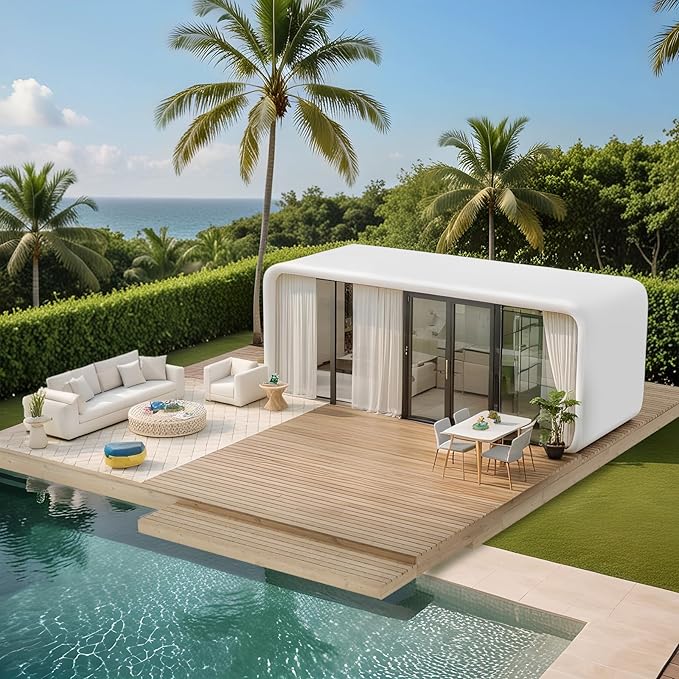
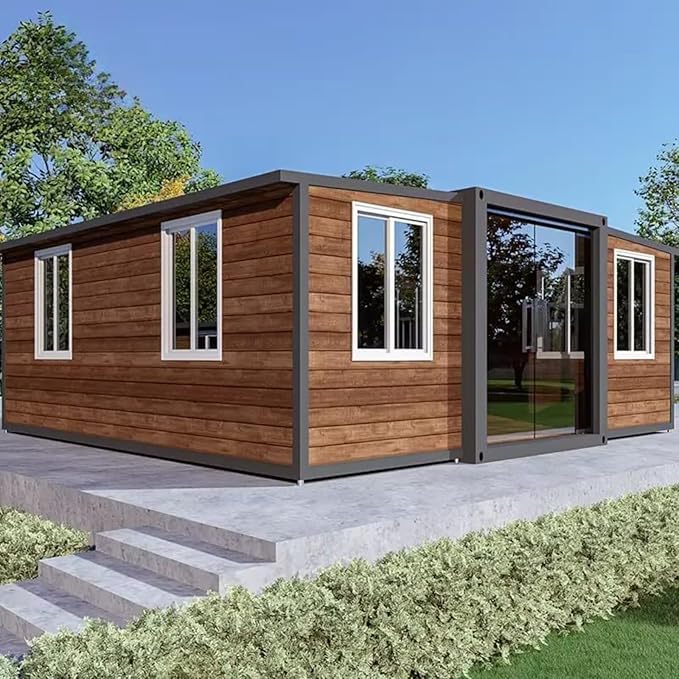
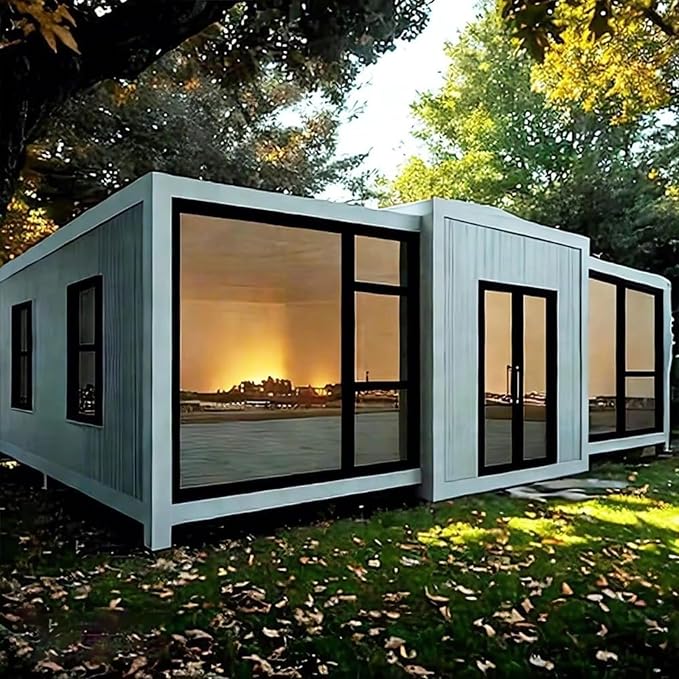
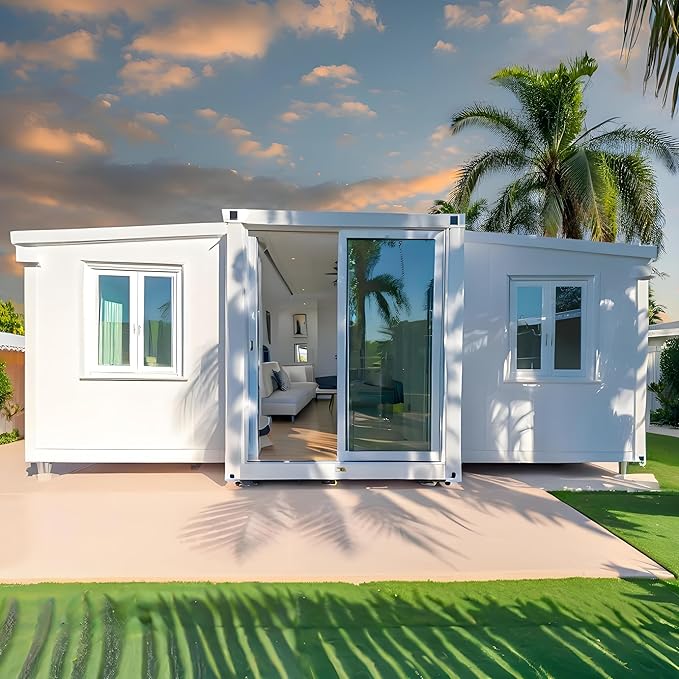

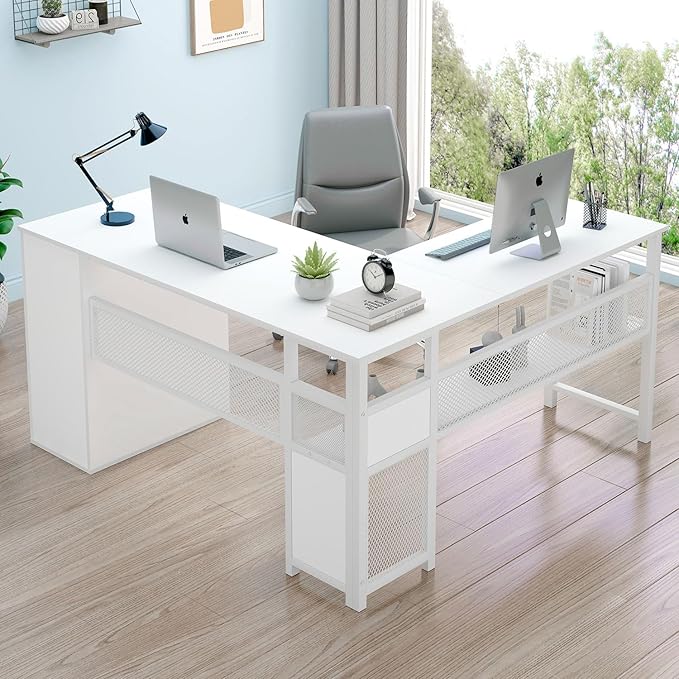
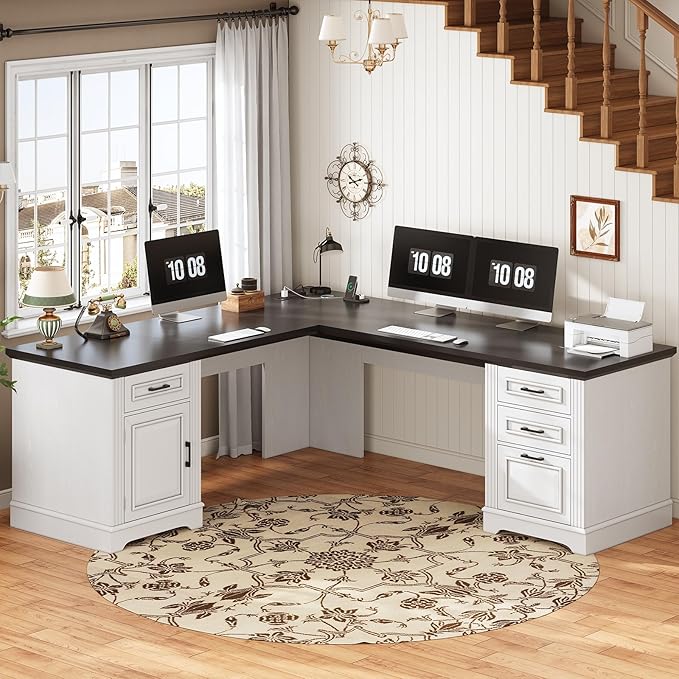
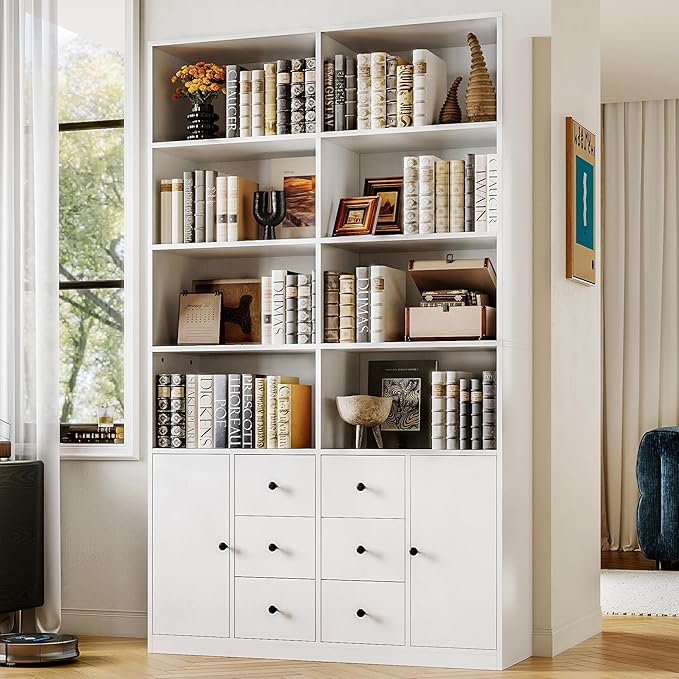
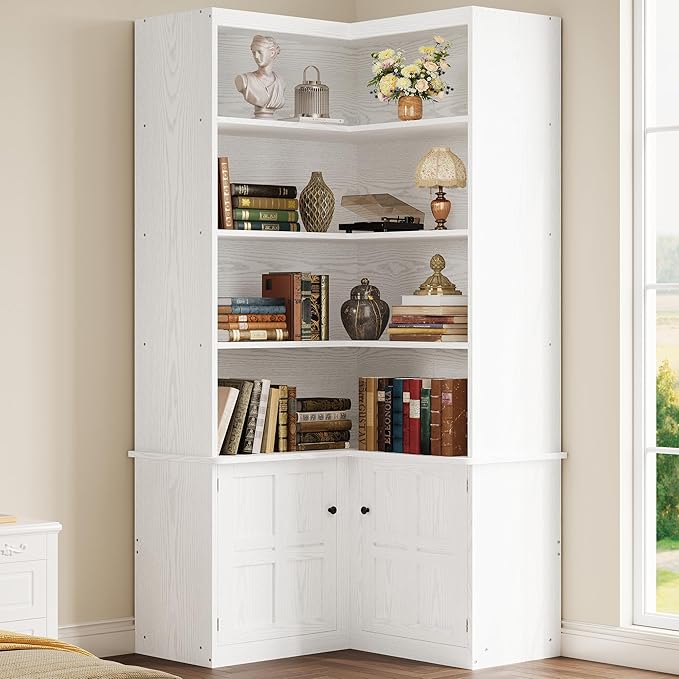

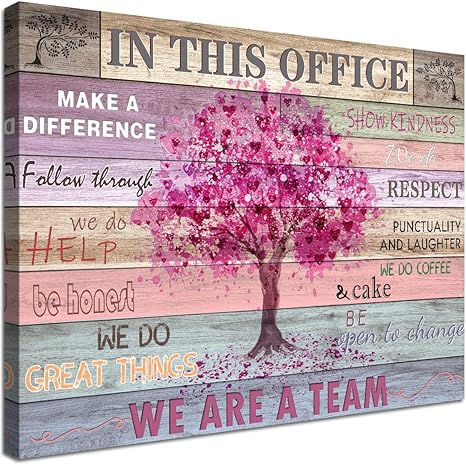
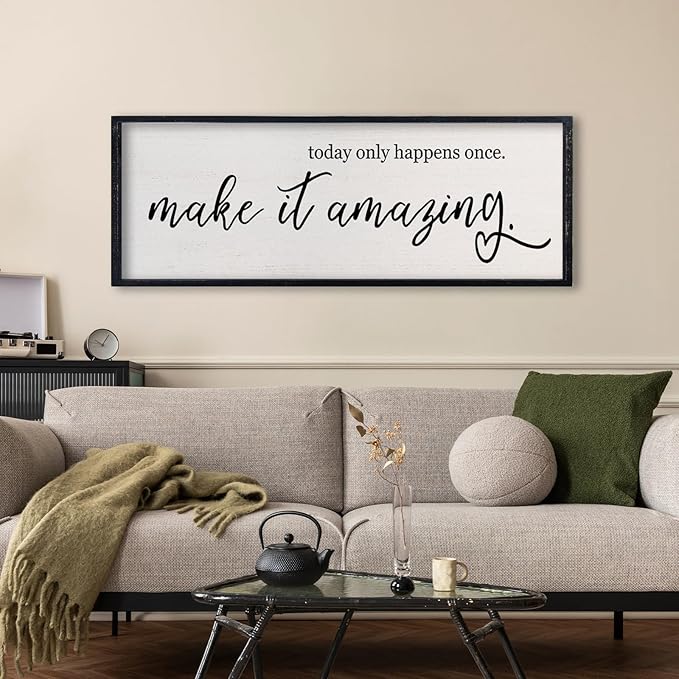
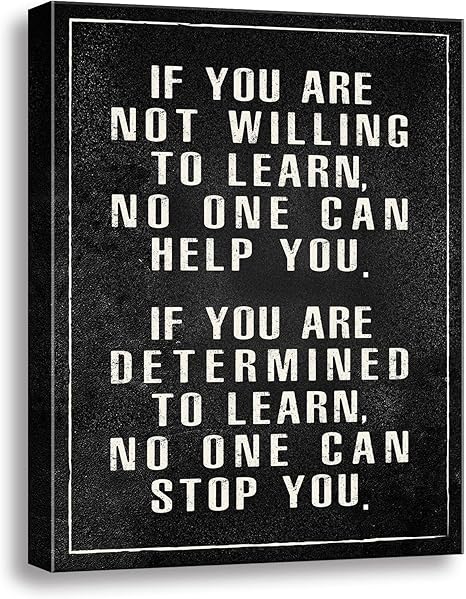
Comments are closed